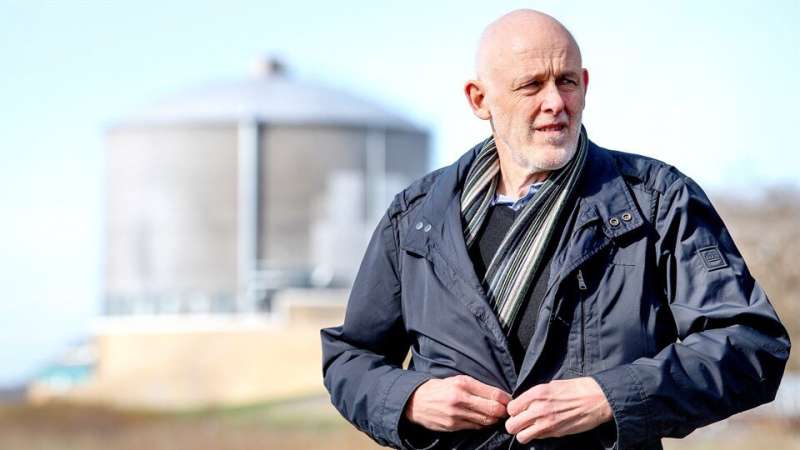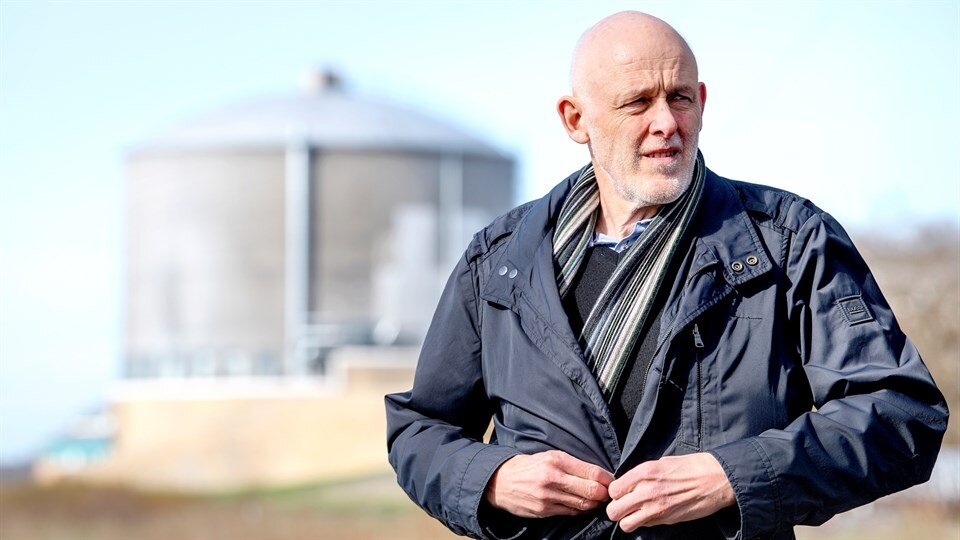
Nuclear power has become an issue in the election campaign in Denmark. In a survey conducted in August, 46% said they would vote yes to nuclear power if there was a referendum tomorrow, while 39% would vote no. Head of Section Bent Lauritzen from DTU believes that nuclear power is already crucial for Europe’s handling of the ongoing energy crisis—and that the technology potentially has a future in Denmark.
“Nuclear power is already of crucial importance to our handling of the energy crisis, as Denmark buys electricity produced with nuclear power from abroad. Nuclear power can help solve the energy crisis, including if Germany does not shut down the three power plants it has in operation. Similarly, France can get the rest of their nuclear power plants into operation after they have been stopped due to planned maintenance and technical problems. It takes time, but the ambition is that they produce power again during the winter,” says Bent Lauritzen.
Can Denmark build a nuclear power plant and benefit from it in the short term?
No, the construction of a nuclear power station takes time. The International Energy Agency estimates it takes five to 10 years alone to prepare for the construction of a nuclear power plant. After that, it takes another maybe seven years to build a new plant. Optimistically, this is a construction process of 12 years, and then we are in the 2030s.
This corresponds to the time horizon for the expansion of wind power in Denmark, with the construction of energy islands in the North Sea and on Bornholm. At the same time, the energy islands are an investment that also requires massive expansion of our electricity grid and the need for storage capacity, for which we do not yet have solutions.
If you were to recommend the construction of a nuclear power plant today, what would it look like?
If I had to order a plant tomorrow, it would be a generation 3 plant. It is a plant similar to the other power plants we have in Denmark, without the large cooling towers, because they are not necessary in Denmark if we build the plant by the water, where we have access to cooling water.
If, on the other hand, we wait a few years to order a nuclear power plant, then one can easily imagine that it could be a plant based on small, modular reactors. My guess is that within a few years we will see the first plants of this type in several countries.
Here we are talking about a plant five to 10 times smaller than the ones we know today. The construction of modules will allow the individual parts of the plant to be built in a factory and transported by road to the plant site. The advantage here is that the building competences remain in one place, which will increase reliability of quality and deliveries.
Many of the delays we have seen in the construction of nuclear power plants in Europe and the US have typically been triggered by a lack of competences. If you can gather the building and construction work in one place, you can also gather competences in one place. In addition, it has the advantage that units can be produced in series, which will be both faster and cheaper.
Has the safety of nuclear power increased?
Safety is very high if you compare with other energy technologies. Even if you include the Chernobyl disaster, statistics will show that nuclear power, measured by loss of life, is safer than other energy technologies, such as wind and solar energy.
Of course you have to add the financial consequences, which, since Chernobyl, have been extensive, because a large area of land has become unusable. On the other hand, in Denmark we would never build a plant like Chernobyl. It was a completely different and unsafe technology than the one used in nuclear power plants built in Western Europe over the past several years.
But the Chernobyl accident has given nuclear power a bad reputation. It has created an insecurity that is difficult to get rid of, even though nuclear power technology is vastly different today. However, there has been a shift in the public’s attitude towards the technology. For the first time ever, we see in Danish opinion polls that a majority of the population views nuclear power positively.
Energy islands or nuclear power?
It is not an either-or. It is not possible to replace nuclear power with an energy island, but you can replace energy islands with nuclear power. This is because nuclear power supplies power 24/7 and thus provides security of supply that we do not get from wind.
With nuclear power, we would also achieve a better economy and avoid a massive expansion of the electricity grid, as nuclear power will provide a consistent energy supply. Wind energy production does, by nature, fluctuate, and the transmission grid from wind must thus be significantly larger in order to transfer the same amounts of energy.
Is nuclear power being researched?
It is a major problem that we in Denmark have made a political decision legislation that effectively prevents research into nuclear power.
No funding is allocated to research into nuclear power, and without it, it is close to impossible to build an environment where we can maintain competences, provide knowledge, and, for example, explore the technological possibilities of nuclear power. And it is a problem if Denmark makes itself highly dependent on competences from abroad in such an important technology area.

